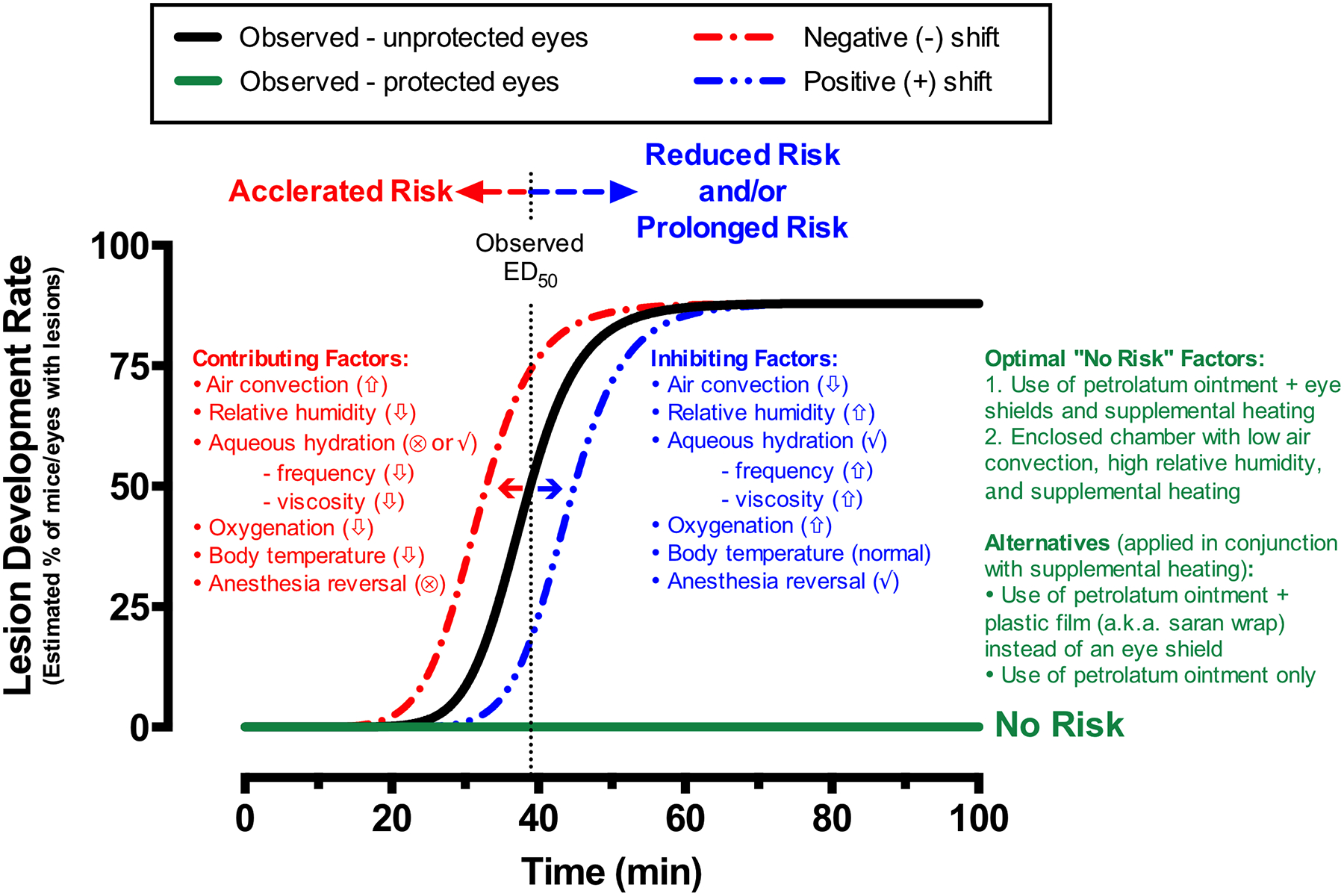Fig. 9. Variables and Risk Factors Influencing Lesion Development.

Dose-response trends established for the development (black line sigmoid trend) or non-development (flat green line) of procedure-induced retinal lesions in this study. The rate at which the cascade of events shown to transpire in Fig. 8 can influence the chances of lesion development and will depend on many factors that can either accelerate (faster onset) or reduce, but also prolong (delayed onset), the risk of developing retinal lesions. Contributing and inhibiting factors listed can induce negative or positive shifts in the dose-response trend to either increase or decrease susceptibility to this cascade of events that can lead to ocular complications. In sum, protect the eye with a non-volatile, petrolatum-based agent and use an anesthesia-reversing agent, supplemental heat and oxygen if possible to minimize the local and systemic effects of experimental procedures involving general anesthesia, mydriasis induction, and extended post-procedure recovery from sedation. Sign key: High (up arrow), Low (down arrow), and provided (✓) or not provided (⊗).
